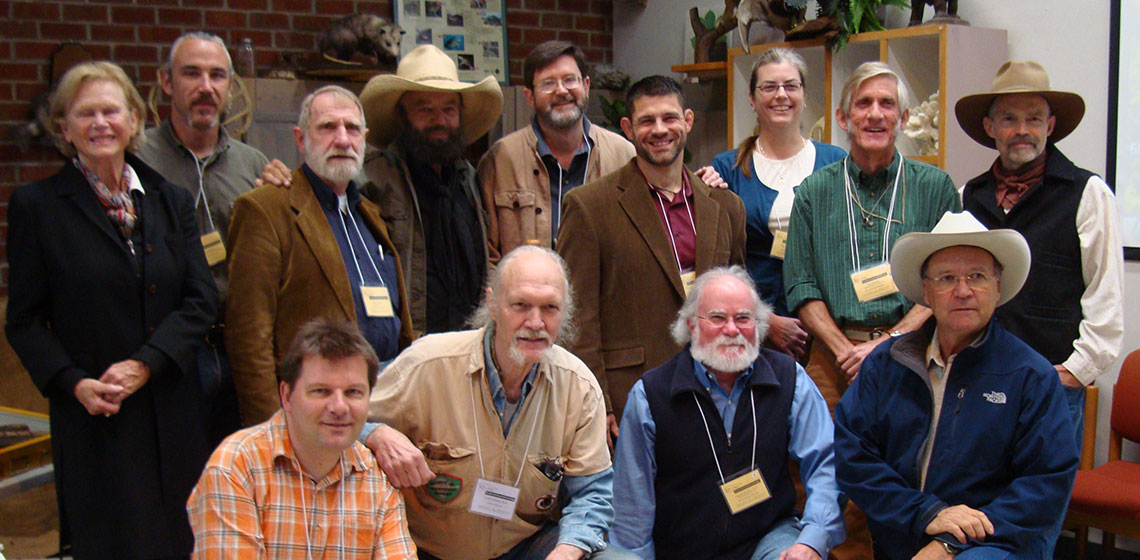
The first annual Reconstructive and Experimental Archaeology (REARC) conference was held at the Schiele Museum of Natural History in Gastonia, North Carolina, October, 16 – 17, 2010. REARC is the brainchild of Mark Butler, President of REARC, and eleven other individuals who comprise the Board of Directors. The Board evenly represents the main groups involved with REARC: four in Excavation Archaeology, four in Academic Archaeology and Anthropology, and four in Primitive Technology.
The principle function of REARC is to encourage and stimulate awareness in reconstructive and experimental archaeology and to build a bridge of open communication between the two major groups in the U.S.: the Archaeologists interested in reconstructions for experimental purposes and the Reconstructionalists, who are enthusiastic about the past and have the experiential knowledge and familiarity of primitive tool production and usage techniques but do not use the scientific method in testing. A secondary purpose of REARC is to develop and foster support for the scientific application of reconstructive and experimental archaeological research. And a third function of REARC is to connect the experimental archaeologists of the Americas to the experimental archaeologists internationally.
The October conference was organized to gauge the interest level of Experimental Archaeology and Reconstruction in the United States. The conference was held over two days with 45 attendees and had a variety of presenters, from archaeologists that have used experimental archaeology in their work to professional reconstructionalists and undergraduates using experimental archaeology for their advanced senior project. The Keynote address, "Primitive Technology – A Personal Journey to Resolve Theory and Practice," was delivered by David Wescott using his hands and a knotted loop of string to impressively tell his illustrative narrative.

Besides the first review, a second, more extensive review by Maria-Louise Sidoroff, gives another perspective.